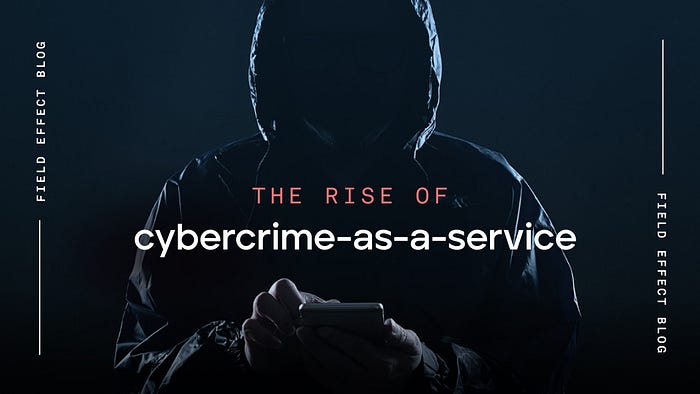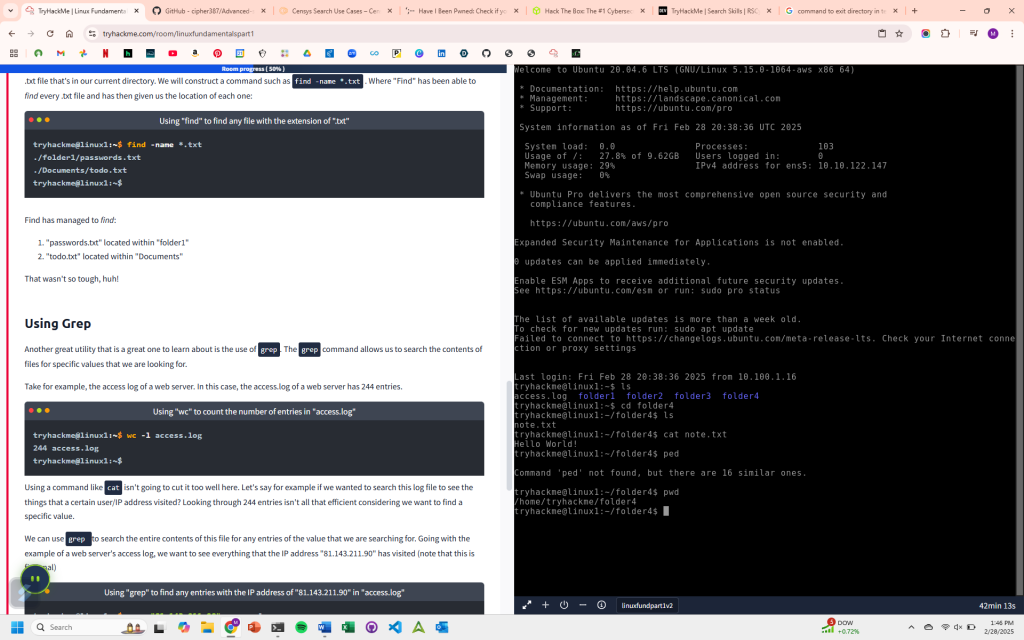Week 2: The Dark Cybercrime Economy
Maleea m -
Trailing behind only the US and China, the Dark Cybercrime Economy has grown into a $10.5 trillion superpower, making it the world’s third-largest economy—and it continues to expand at an alarming rate of 15% annually.
The Rise of the Cybercrime Economy
Many have heard of the dark web, and if you are like me, I thought it was some basic-looking website selling body parts in a Craigslist fashion. Although that might have been a more realistic idea 20 years ago, today it couldn’t be farther from the truth. Cybercrime in the dark web has grown into a sophisticated, highly organized, corporate-functioning global industry.
These cybercrime organizations function much like Fortune 500 companies, with defined leadership structures, research and development teams, customer support, and even performance-based incentives for hackers. They recruit top talent from around the world, offering competitive salaries and bonuses in cryptocurrencies. Many of these groups specialize in specific areas—whether it be ransomware deployment, data brokerage, or exploit development—and collaborate with other cybercriminal enterprises to maximize efficiency. Some even provide subscription-based models and customer service for their “clients” (victims), ensuring smooth operations of receiving and reinstituting stolen data with technical assistance.

Cybercrime-as-a-Service (CaaS)
The emergence of Cybercrime-as-a-Service (CaaS) has made it possible for individuals with no hacking skills to launch a full-scale cyberattack using purchased services. This lowered barrier to entry is fueling the rapid expansion of cybercrime. With cyberattacks now easier than ever to deploy, large, high-value corporations are no longer the sole targets – smaller businesses, previously deemed unprofitable to attack, are increasingly at risk as cost-benefit ratio shifts in favor of cybercriminals.
Some services include:
- Ransomware-as-a-Service -> Cybercriminals can rent ransomware kits to launch attacks without writing a single line of code. Profits (often in the millions) are then shared with the developers.
- Phishing-as-a-Service -> Templates include email templates and fake login pages to steal credentials.
- Malware-as-a-Service -> Malware creators sell or lease their trojans, keyloggers, and spyware to cybercriminals, allowing infiltration into systems.
- Access-as-a-Service -> Compromised corporate accounts and network access credentials are sold to hackers, enabling them to infiltrate businesses effortlessly.
Project Update
This week, I have continued my Cybersecurity 101 course, completing beginner hacker simulations and deepening my knowledge of how to use Linux, a computer operating system.

Above is an image of running Linux commands (on the right) to navigate and edit files on a computer or a device’s microcontroller.
On one test, I was tasked with transferring $2,000 into “my” bank account on a virtual bank website. I used a command-line application called “Gobuster” to brute-force (a hacking technique that uses trial and error to guess passwords, encryption keys, or other login credentials) FakeBank’s website to find hidden directories and pages. Gobuster takes a list of potential page or directory names (https://basisseniorprojects.com/flagstaff/academics) and tries accessing a website with each of them; if the page exists, it tells you. Once I was able to find the admin page, I input a “leaked” password and username, allowing me to make money transfers.

“Fun” Frightening Fact of The Week:
Cybercrime is more profitable than the illegal drug trade.
Just say no to phishing scams: say yes to life.

Comments:
All viewpoints are welcome but profane, threatening, disrespectful, or harassing comments will not be tolerated and are subject to moderation up to, and including, full deletion.